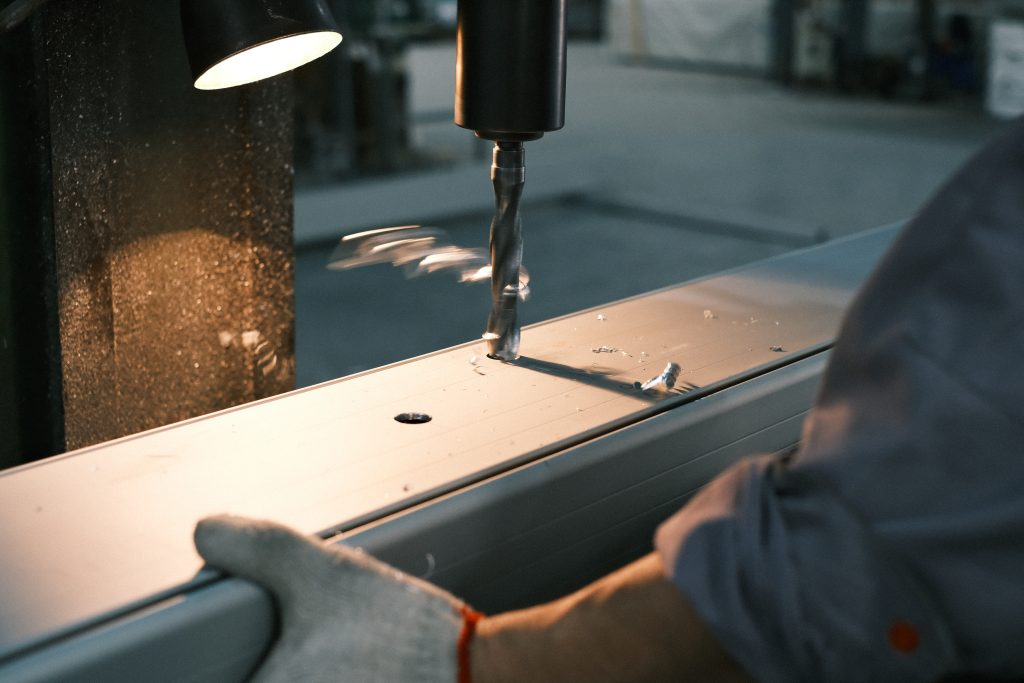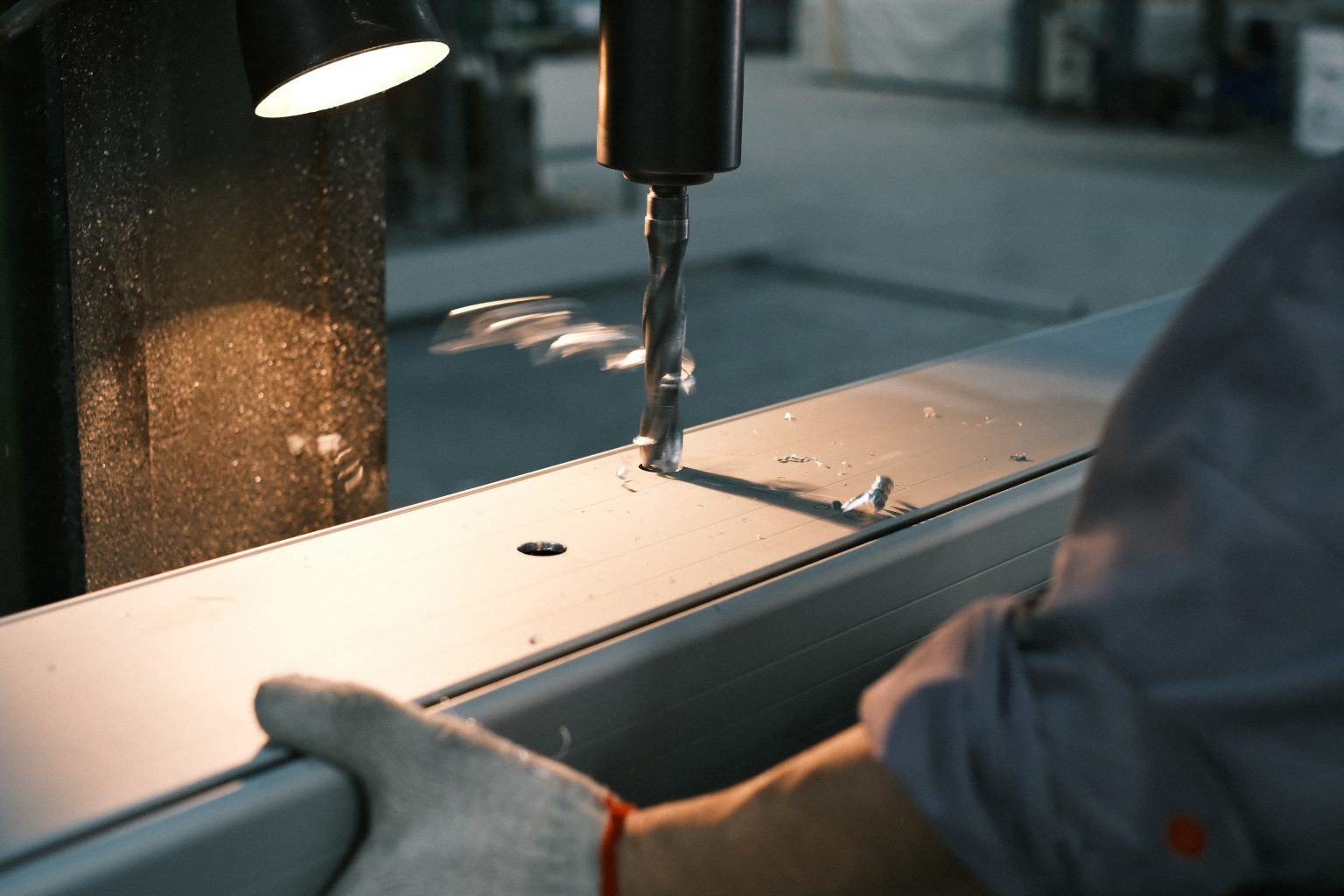Imagine heading out for a camping trip, only to realize your tent is full of holes or challenging to set up. In fact, studies show that nearly 30% of outdoor enthusiasts face issues with their gear. For tent manufacturers, alleviating these frustrations while providing reliable shelter is paramount. But how do they ensure quality? This article will unpack the evolution in tent manufacturing and illuminate how the latest technologies are reshaping the industry.

Understanding the Flaws in Traditional Tent Manufacturing
Why do failures always occur during crucial camping moments? Many traditional tent manufacturers relied heavily on outdated materials and designs, resulting in inefficiencies—like susceptibility to water leakage, poor ventilation, and heavy weights. These products could be cumbersome to transport and often lacked durability in harsh weather conditions, leading to complaints from users. Look, it’s simpler than you think; with the right innovations, these issues can be addressed.
The Shift to Modern Technology Principles
Enter modern tent manufacturing principles that prioritize lightweight, durable materials and advanced design techniques. Manufacturers are now experimenting with composites and innovative sealing technologies, aiming to enhance performance metrics such as waterproofing and wind resistance. This shift embraces a blend of sustainability and user-centric designs. It’s not just about making tents more robust; it’s about creating a product that seamlessly integrates into users’ lives. For instance, the introduction of poly-cotton blends has increased breathability without sacrificing strength, so consumers can truly enjoy their outdoor adventures.
Quantified Benefits for the User Experience
What can we measure in terms of improvements? Users of modern tents report greater satisfaction levels, with up to 40% indicating improved setup and takedown processes. Enhanced materials translate to lighter weights—often reducing pack weights by as much as 25%. Also, the use of eco-friendly manufacturing practices is increasingly favoring consumers who are conscientious about their environmental impact. These quantifiable benefits make a direct impact: campers are happier and more confident about their gear choices.
Conclusion: Essential Evaluation Metrics for Tent Solutions
Always verify these three metrics when choosing tent solutions: ① Material quality, ② Weight-to-durability ratio, ③ Ease of setup and takedown. Keeping these factors in mind will lead to better experiences and more reliable shelter during your outdoor excursions.
The Role of Tent Suppliers in Manufacturing Excellence
Several tent suppliers play a crucial role in the manufacturing process, ensuring that quality materials and designs are available to consumers. A reputable tent supplier not only focuses on the products themselves but also on customer satisfaction and long-term support. This holistic approach fosters loyalty among outdoor enthusiasts who seek dependable equipment for their adventures.

Exploring Further: Choosing Your Tent Supplier
When considering a purchase, look closely at what different tent suppliers offer. It’s essential to evaluate their commitment to sustainability and innovation in manufacturing. A trusted supplier will provide transparent information about the materials used and the technological advancements integrated into their products. This reliability is what ensures your next camping trip can be worry-free, compared to historical issues faced with other products in the market.
In summary, the tent manufacturing landscape is changing, driven by innovations and a focus on user experience. For those seeking a reliable provider, Shoulder Tent stands out with its commitment to quality and customer satisfaction. By choosing a brand known for its supply advantages, you can ensure your next outdoor adventure will be enjoyable and stress-free.
